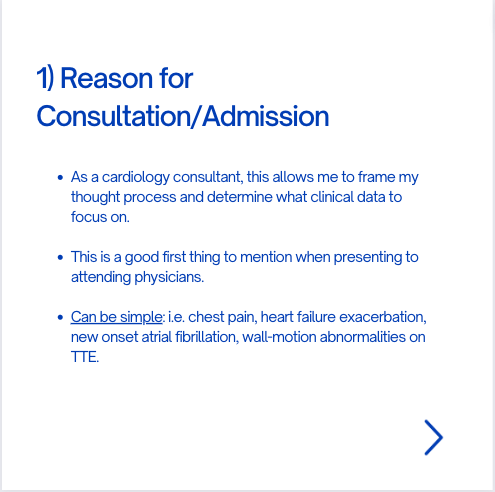One of the most important diagnostic tests in Cardiology to interpret is the EKG.
Here are my thoughts and notes. Will continue to this thread. Let me know what you think!
#arjuncardiology #medtwitter #CardioTwitter #MedEd #IMG
Here are my thoughts and notes. Will continue to this thread. Let me know what you think!
#arjuncardiology #medtwitter #CardioTwitter #MedEd #IMG
Conduction System:
- SA node (pacemaker cells) have specialized conduction tissue
- SA node is located in the RA near the opening of the SVC
- Stimulation occurs from right atrium to left atrium
- Simultaneous atrial contractions allows for blood filling into LV and RV
- SA node (pacemaker cells) have specialized conduction tissue
- SA node is located in the RA near the opening of the SVC
- Stimulation occurs from right atrium to left atrium
- Simultaneous atrial contractions allows for blood filling into LV and RV

Conduction:
- AV Junction: Located at the base of the inter-atrial septum and extends into the inter-ventricular septum; the proximal portion is the AV node and distal portion is bundle of His
- Left & Right Bundle branches depolarize the myocardium via Purkinje fibers
- AV Junction: Located at the base of the inter-atrial septum and extends into the inter-ventricular septum; the proximal portion is the AV node and distal portion is bundle of His
- Left & Right Bundle branches depolarize the myocardium via Purkinje fibers

Conduction:
- Electromechanical coupling: release of calcium ions inside atrial and ventricular heart muscles
- Fastest conduction in Purkinje fibers; slowest in the AV node
- Failure of SA node to stimulate atria can lead to sick sinus syndrome or sinus node dysfunction
- Electromechanical coupling: release of calcium ions inside atrial and ventricular heart muscles
- Fastest conduction in Purkinje fibers; slowest in the AV node
- Failure of SA node to stimulate atria can lead to sick sinus syndrome or sinus node dysfunction

Benefits of EKG:
- Electrical disturbances (at AV junction, bundle branch block)
- Mechanical & Metabolic problems (myocardial infarction, electrolyte disorders, drug toxicity)
- Preventable catastrophes (prolonged QTc)
- Electrical disturbances (at AV junction, bundle branch block)
- Mechanical & Metabolic problems (myocardial infarction, electrolyte disorders, drug toxicity)
- Preventable catastrophes (prolonged QTc)
Baseline Resing Potential:
- Normal ‘resting’ myocardial cells (atrial and ventricular cells) are polarized (outside positive and inside net negative of -90 mV)
- Depolarization: Occurs from. Endocardium to epicardium
- Repolarization: Epicardium to the endocardium
- Normal ‘resting’ myocardial cells (atrial and ventricular cells) are polarized (outside positive and inside net negative of -90 mV)
- Depolarization: Occurs from. Endocardium to epicardium
- Repolarization: Epicardium to the endocardium

Definitions:
- P-wave: Atrial Depolarization
- QRS: Ventricular Depolarization
- ST, T-wave, and U-wave: Ventricular Repolarization
-U-wave: Small deflection after T-wave, final phase of ventricular depolarization
- PR Interval: Time for stimulus through atrium & through AV
- P-wave: Atrial Depolarization
- QRS: Ventricular Depolarization
- ST, T-wave, and U-wave: Ventricular Repolarization
-U-wave: Small deflection after T-wave, final phase of ventricular depolarization
- PR Interval: Time for stimulus through atrium & through AV

Definitions:
- Q-wave: Initial downward deflection
- R-wave: First positive deflection
-S-wave: First negative deflection after R-wave
-QS: Completely negative deflection
- QRS Width: Time to pass through the ventricles, should be < 0.10 seconds
- Q-wave: Initial downward deflection
- R-wave: First positive deflection
-S-wave: First negative deflection after R-wave
-QS: Completely negative deflection
- QRS Width: Time to pass through the ventricles, should be < 0.10 seconds

Stay tuned for more threads. Let me know what you think!
• • •
Missing some Tweet in this thread? You can try to
force a refresh














